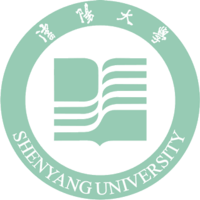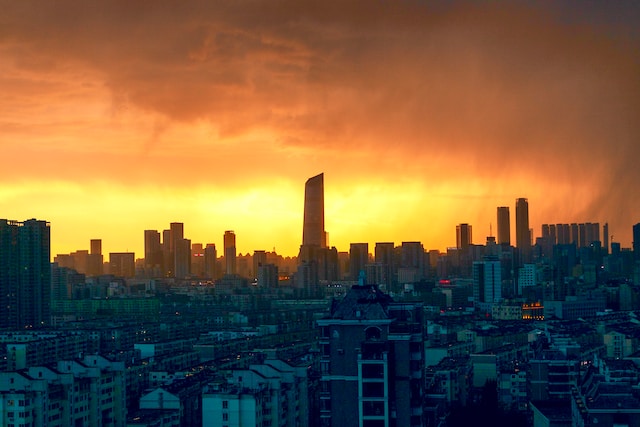School Badge

About Shenyang University
The history of Shenyang University dates back to Fengtian Industrial School and Xinmin Public School established in 1906, more than 100 years ago. Throughout the long history, the university has been adhering to the motto of “academic study, social commitment, complete sincerity and diligence” and the philosophy of “scientific, democratic and open education”. It obtained the right tograntmaster’s degree in 2003, received an “A” in the evaluation of undergraduate teaching of the Ministry of Education in 2007, and became part of “Doctorate Personnel Cultivation Program forServing Special Purposes in China”in 2012. With continuous growth of education power, the university has become a comprehensive institution of postgraduate and doctorate education, with undergraduate education as its main part.The campus covers an area of 570 thousand m2, with a building area of 450 thousand m2. The university library has more than 1.6 million books, with more than 300 thousand e-books. The instruments for teaching and scientific research are worth 120 million yuan in total.
The university has 18 teaching departments, 10 master’s degree granting points of first-academic disciplines, and 9 types of professional master’s degree granting. With 67 majors of undergraduate education covering 11 disciplines of philosophy, economy, law, education, literature, history, science, engineering, agriculture, management and art, with more than 23 thousand students.
The university has 1,108 teachers, including1 Changjiang Scholar, 4 professors enjoyingspecial government allowances of the State Council, 2 candidates for the Supporting Plan of Excellent Personnel of the New Century of the Ministry of Education, 4 PhD supervisors, 169 master’s degree supervisors, 200 professors, 585 associate professors, and 846 teachers with master’s and doctorate degrees. The university is a member of University Cultivation Plan of Excellent Engineers of the Ministry of Education, and 3 undergraduate majors have become part of the plan. It has 1 national-level distinctive major, 1 national-level engineering practice education center, 2 national-level bilingual teaching demonstration courses, 2 provincial-level experimental teaching demonstration centers, 1 provincial-level off-campus practical education base, 2 provincial-level undergraduate education demonstration majors, 8 provincial-level key majors (2 key supporting majors, 2 comprehensive reform pilot majors and 4 engineering personnel cultivation reform pilot majors), 23 provincial-level quality courses, 5 provincial-level quality resource sharing courses, 8 provincial-level excellent teaching teams, and 8 provincial-level famous teachers of undergraduate education. The university has undertaken 755 national-level and provincial-level scientific programs since the beginning of the 11thFive Year Plan, including 42 ones of 973 Program, 863 Program, National Natural Science Fund, and National Social Science Fund. It also boasts many programs belonging to National Key Technology Supporting Program, National International Technological Cooperation Program and National Key Scientific Specific Program. Teachers of the university have published more than 700 SCI, EI, CSSCI and ISTP articles, with a scientific research income of 159.2 million yuan. It has 1 key lab of the Ministry of Education, 6 provincial-level key labs, 3 provincial-level engineering centers, 2 provincial-level key educational scientific planning research bases, 1 post-doctorate scientific research center, and 1 municipal-level high-end personnel reserve base of Shenyang. In 2012, key lab of polluted environment management and regional ecological safety became part of the key technological platforms of universities inLiaoningProvince.
The university has been communicating and cooperating with many universities overseas throughout its history. It has cooperative relations with more than 60 foreign universities and educational institutions.







